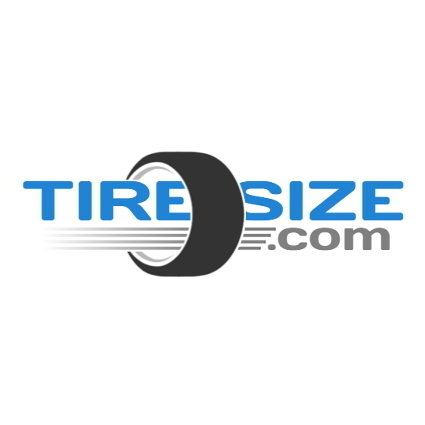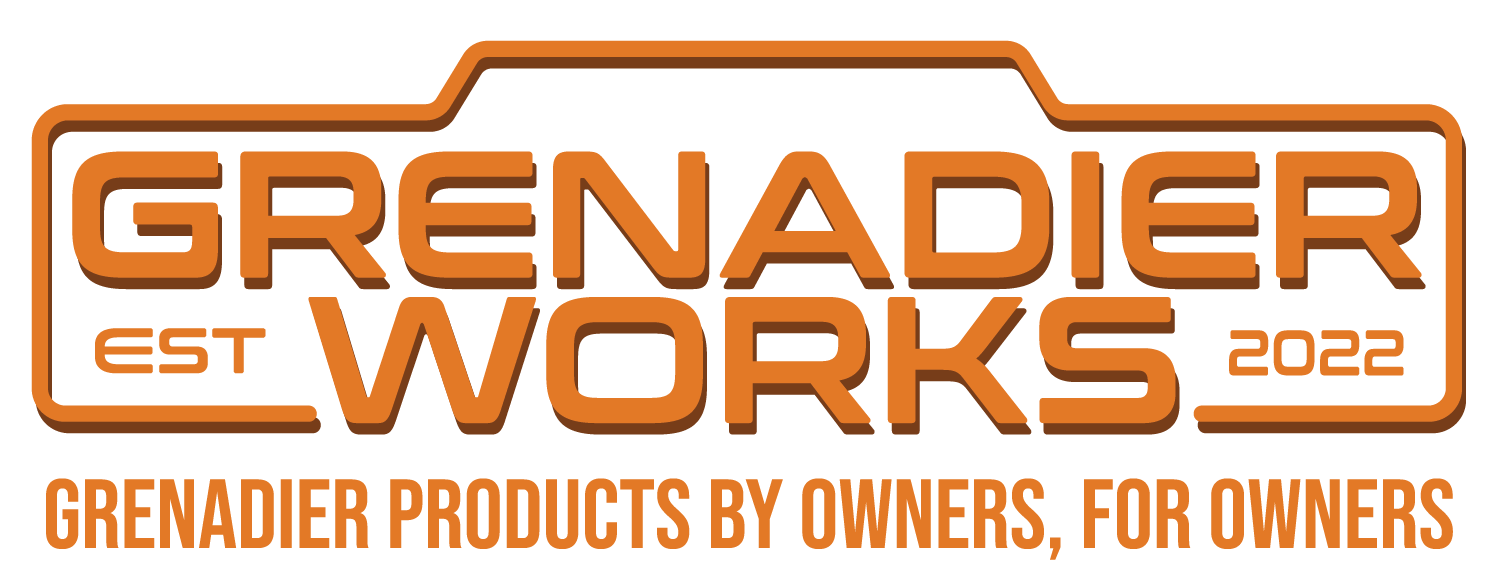Bonjour
Un tableau de correspondance entre les tailles de pneus en Europe (En mm) et aux US (en pouces).
Les largeurs recommandées pour les jantes en fonction des tailles de pneus.


Un tableau de correspondance entre les tailles de pneus en Europe (En mm) et aux US (en pouces).
Les largeurs recommandées pour les jantes en fonction des tailles de pneus.




